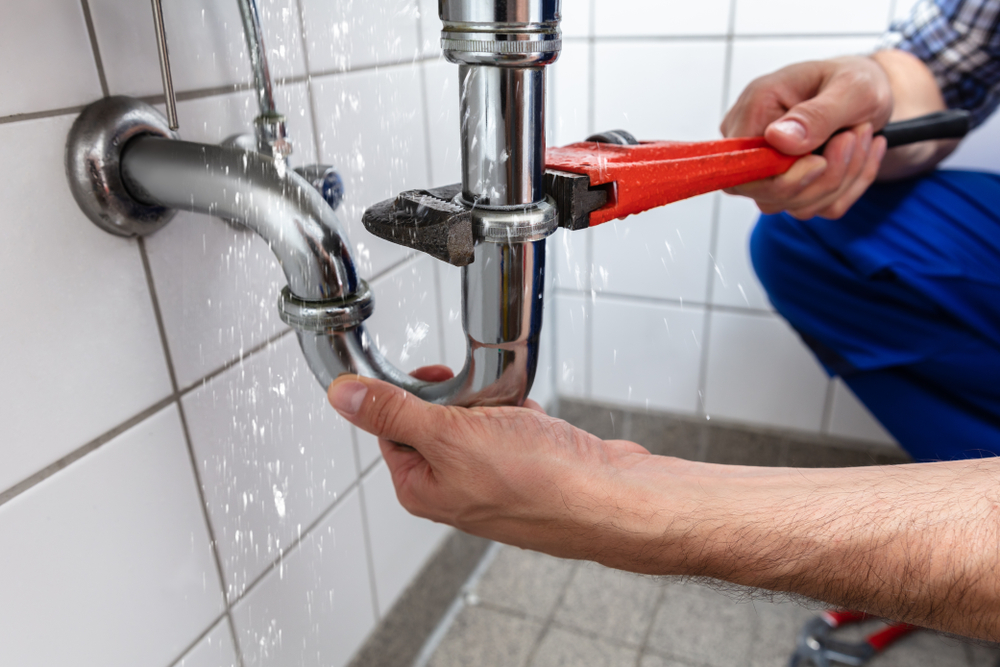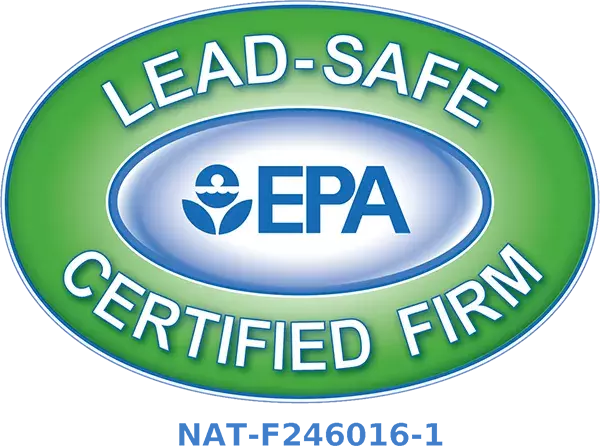It’s common to see minor pipe leaks from time to time. But sometimes, a small leak may often raise many health and safety red flags. A leaking pipe may indicate underlying issues in your overall plumbing systems, from expensive structural damage to hazardous mildew growth. But, what causes pipe leaks? What are the best ways to prevent them? How to fix a leaky pipe? Read on to understand.
What Causes a Pipe to Leak?
Understanding what causes pipe leaks can help you resolve the issue before it’s too late. Here’s a quick look at the causes:
1. Clogged Water Lines
Clogged water lines cause the water to back up over time. As a result, the water piping system sees a higher water pressure which ultimately causes water leaks. In some cases, the pipes end up bursting.
2. Excessive Water Pressure
Typically, water pipes can handle a maximum water pressure of 60 psi. This means your pipes should have a psi between 45 and 50. Ensure you always maintain the standard psi to avoid pipe damage, leaks, or bursts.
3. Abrupt Temperature Changes
Water pipes expand and contract depending on the temperature of both the water inside and the temperature outside. This causes the pipes to grow thinner and thinner, leading to cracks and damage.
4. Faulty Pipe Joints
Pipe joints – a vulnerable part of the piping system – corrode or rust over time. Make sure you frequently monitor the pipe joints to avert water leaks in the long run.
5. Tree Root Systems
Tree root systems can grow vigorously through your yard. This results in excess pressure on the pipes, causing them to crack or leak over time.
How to Prevent a Leaky Pipe
As with most things, your piping systems need constant maintenance and monitoring. Taking the following precautions can help avoid most piping issues:
- Insulate your pipes to tackle changing temperatures
- Monitor your water pressure to save the pipe walls from thinning or cracking
- Monitor the location of your water pipe, especially if you’re gearing up for a DIY plumbing project. A stud sensor can be an excellent tool to help get your piping locations right.
- Make sure your boiler is serviced regularly by a Gas Safe registered engineer.
How to Fix a Leaking Pipe
Pipe leaks are a common occurrence and often require your immediate attention. Here are three of the best ways to fix your leaking pipe:
1. Use a Pipe Repair Kit
A pipe repair kit is a great way to curb a leak temporarily. Read the manufacturer’s directions to understand how to use the fiberglass tape to wrap it around the affected area.
2. Use Epoxy Putty
Use Epoxy putty specifically made for pipes to temporarily fix a leak. Turn off the water, and make sure the application area is entirely dry before you start application of the putty. Tear off a generous amount of Epoxy to stretch it over the “leak zone.” Give it some time to cure. Finally, turn the water on to see if you’ve managed to curb the leak.
3. Use Patch and Clamp
Before using a patch and a clamp to fix your pipe leak, make sure the entire damaged section is dry. Apply the repair patch over the damaged area and use the clamps to keep the patch firmly in place.
Call a Professional
Fixing a pipe permanently or tackling a pipe leaking in a wall often requires the assistance of a professional. If you’re unsure about the exact source of the leakage, a professional would be the best option to help you avert more severe damages down the line. Companies like J&R Plumbing Services offer the highest quality pipe repair services to keep your piping system leak-free for years to come.
While most pipe leaks seem like a minor problem initially, they can escalate over time causing expensive damages, hazardous contamination, and safety risks. Get a trustworthy plumbing companion like J&R Plumbing Services if any of your pipes need fast, efficient, and permanent fixing.


